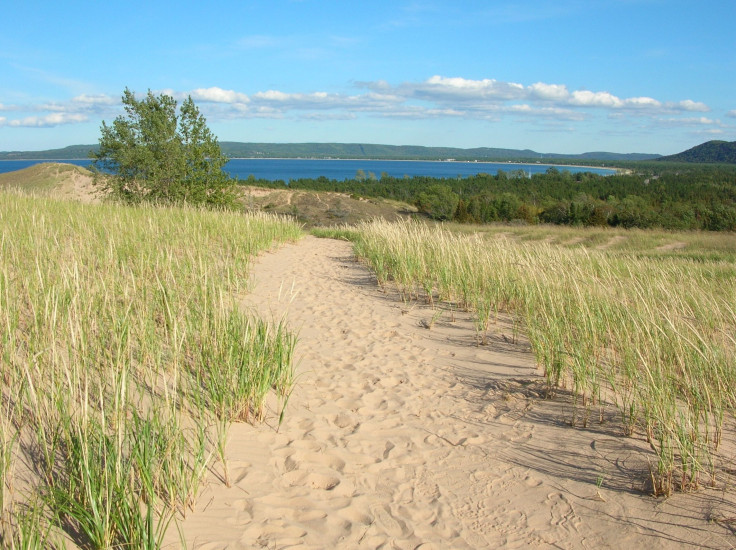As Landmark US Wilderness Act Turns 50, Federal Parks Officials Face Criticism For Not Upholding Law's Basic Goals
The U.S. Wilderness Act turns 50 on Wednesday, a milestone that federal parks officials will commemorate with public events this fall. But some environmental groups say there’s little to celebrate. They argue the landmark measure has fallen by the wayside in Congress and the National Park Service, and that many of the law’s most basic requirements have been ignored.
“The [wilderness] program has died on the vine,” Jeff Ruch, executive director of Public Employees for Environmental Responsibility (PEER), told International Business Times. “For the most part, it’s really just a vestige” of what it was meant to be.
PEER, an alliance of local, state and federal agency employees, is spearheading the latest criticism against the Park Service, which oversees more wilderness areas than any other federal agency. Ruch and his colleagues say they’re worried that America’s pristine deserts, swamps, savannahs and canyons will be overrun by development and foot and vehicle traffic if federal officials don’t fully implement the law.
Kathy Kupper, a National Park Service spokeswoman, countered that wilderness remains a high priority for the agency.
The Wilderness Act was signed by President Lyndon B. Johnson on Sept. 3, 1964, making the United States the first country to define and designate certain natural areas for preservation and protection. About 5 percent of U.S. land -- nearly 110 million acres -- is considered “wilderness” today, meaning areas where vehicles, motorcycles and bicycles are off limits and construction is restricted, and in which opportunities for “unconfined recreation” abound, according to Wilderness.net.
All told, the National Wilderness Preservation System (map) includes about 760 areas spread across 44 states and Puerto Rico.
Designating a wilderness area is a lengthy bureaucratic process that requires congressional approval and the President’s signature. PEER argues that parks officials aren’t doing enough to advance recommended wilderness areas, including those inside Yellowstone National Park and the Grand Canyon, down the administrative pipeline. When Congress designated Michigan’s Sleeping Bear Dunes as a 32,500-acre wilderness area this spring, for instance, it was the first wilderness bill to pass in five years.

Last week, PEER launched a Web center detailing every stalled wilderness recommendation and assessment. Ruch said the goal is to arm local parks groups with hard-to-find documents and details that they can use to pressure officials into action. “This is an effort that the Park Service should be doing, and it’s not. And that’s part of the problem,” he said. The group calculated that about 26 million acres are awaiting official wilderness designation.
PEER also contends that the Park Service is failing to meet a host of legal requirements under the Wilderness Act, including conducting assessments of lands, preparing wilderness management plans, creating clearly defined boundaries for designated areas and assessing all road-less land for wilderness eligibility. The alliance has filed five lawsuits against the agency in recent years, including a 2011 legal challenge to keep off-road vehicles out of Florida’s Big Cypress National Preserve.
It also criticized the Park Service for spending $120,000 to produce 15 short digital videos to commemorate the Wilderness Act’s 50th anniversary. Kupper, the agency spokeswoman, said that “one of our goals is to get people to experience our wilderness and all of the benefits out there. I think it’s reaching that goal.”
She agreed that the process for designating wilderness is slow and prone to stalling, in large part because so many federal agencies and departments are involved. To that end, the Park Service recently created an internal system that allows it to track every national park that contains eligible wilderness areas and “figure out where in the process we are and what needs to be done to move things along,” Kupper said. The agency is responsible for 44 million acres of wilderness within 50 public parks, but it has dozens of additional sites with proposed or recommended areas.
“We really do take wilderness seriously, and it’s definitely important to us,” Kupper said in response to the criticism from PEER.
© Copyright IBTimes 2025. All rights reserved.





















